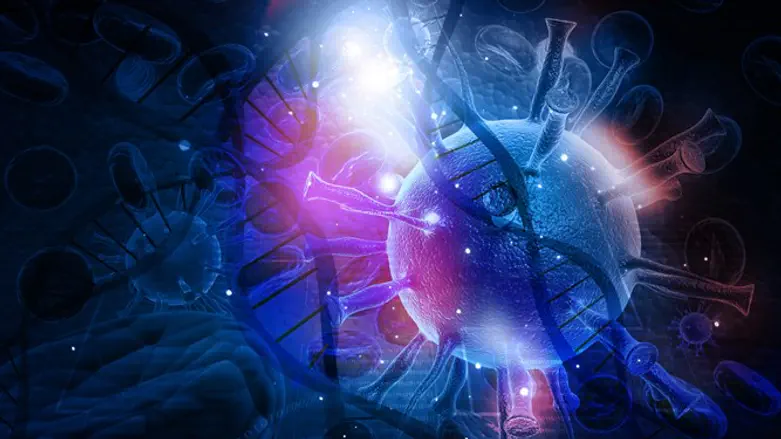
The genome is contained in the nucleus of the cell. In addition to harboring DNA folded as chromosomes, there is a growing body of research showing that the cell nucleus is a highly compartmentalized structure containing many ‘nuclear bodies’. This spatial phenomenon relates to cell function but scientists do not yet understand how nuclear bodies tug and tether with the chromosomes that carry the genetic code, as well as other biomolecules such as RNA and proteins.
Now, to advance work in understanding nuclear structure and dynamics and gene expression, a $4 million 4D Nucleome Grant, funded by the US National Institutes of Health (NIH), has been awarded for the advancement of the understanding of nuclear structure and dynamics, and gene expression.
The leading principal investigator on this award is Prof. Andrew Belmont, a professor of cell and developmental biology at the University of Illinois School of Molecular and Cellular Biology, working in collaboration with Prof. Yaron Shav-Tal, of the Mina and Everard Goodman Faculty of Life Sciences at Bar-Ilan University, and Prof. Kyu Young Han at the University of Central Florida. Together they intend to shed new light on nuclear dynamics and their impact on the biology of gene regulation.
The 4D Nucleome Program run by the NIH aims to develop technologies that enable the study of how DNA is arranged within cells in space and time (the fourth dimension, 4D) and how this affects cellular function in health and disease. Recent scientific advances, coupled with technological breakthroughs in tools and methods, provide the opportunity to catalyze this emerging field of research, according to the NIH.
Recent research from the Belmont group at the University of Illinois has revealed a sub-area in the nucleus that is special for gene expression. This region lies at the periphery of an intriguing nuclear body called the ‘nuclear speckle’. Nuclear speckles are large nuclear bodies that contain RNA-processing proteins, transcription factors, and RNAs, but do not have DNA within them. They are interesting structures because recent genomic mapping shows that there is a large subset of genes that locate reproducibly very close to speckles in nearly all cells. These chromosome regions mapping very close to speckles likely have special properties, including high gene expression levels. Nuclear speckles might be a place where different genes might move to and touch. Together, Belmont, Han, and Shav-Tal will try to identify and better understand these structures that other sets of genes may touch.
Belmont's lab will use various methods to identify unknown compartments in the nucleus, followed by live-cell imaging of gene motion relative to the new compartments identified to test the hypothesis that one group of genes goes to nuclear speckles and another group of genes goes to other structures. Shav-Tal's lab will use its expertise in the study of RNA to explore how these nuclear compartments may be involved in RNA movement from the site of transcription to export into the cytoplasm through the nuclear pores. At his laboratory in Florida, Kyu Young Han is building new, relatively low-cost microscopes with fast time acquisition and high resolution—comparable to much more expensive microscopes—that will allow individual researchers to better visualize and study these gene motions.
Shav-Tal, Belmont and Han will investigate the dynamics of these nuclear compartments relative to each other and the dynamics and flow of proteins regulating gene expression between these compartments to ultimately better understand genome function in health and disease.